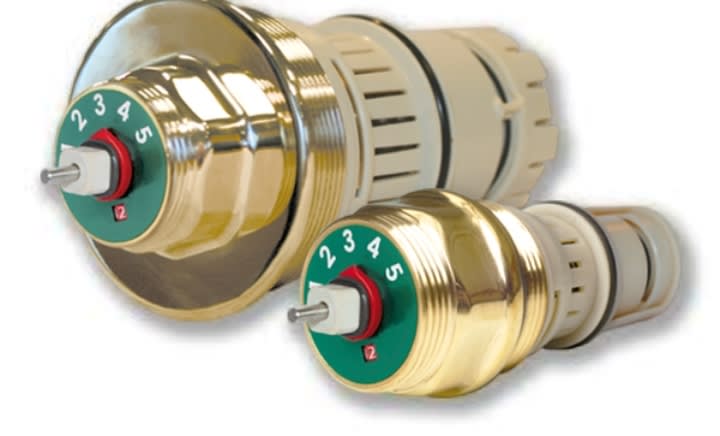saeedplc
Electrical
- Nov 27, 2021
- 126
Hi experts
A question has occupied my mind please clarify it for me:
As you may know pressure independent valves(PICV) have a dial on themselves to adjust maximum flow according to the load characteristic, it is in fact a balancing valve sitted inside the PICV
Now my question is that what will happen if I adjust it uncorrectly, higher or lower value than the load, suppose it is a fan coil controlled with PICV
Will the valve not correct adjusting affect the fan coil performance or not?
Regards
A question has occupied my mind please clarify it for me:
As you may know pressure independent valves(PICV) have a dial on themselves to adjust maximum flow according to the load characteristic, it is in fact a balancing valve sitted inside the PICV
Now my question is that what will happen if I adjust it uncorrectly, higher or lower value than the load, suppose it is a fan coil controlled with PICV
Will the valve not correct adjusting affect the fan coil performance or not?
Regards

